Explore DesignShifts
Here, you’ll find the DesignShifts we’re exploring both in theory and in practice. Each topic explores Shifting the posture, power, perspective, practice, and the purpose of design.
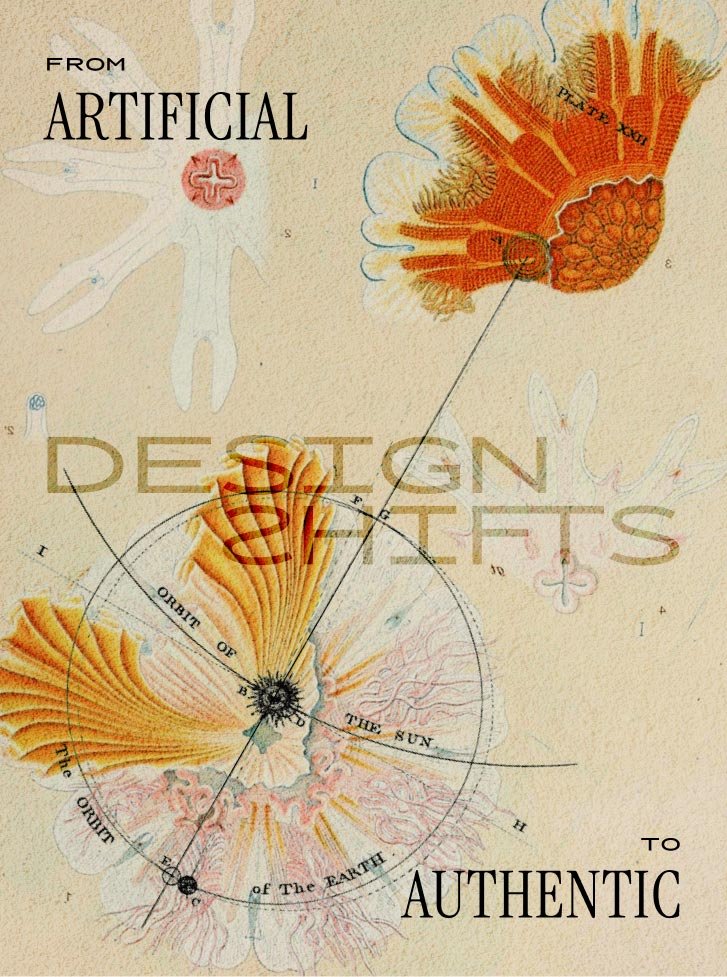
DesignShift: From Artificial to Authentic
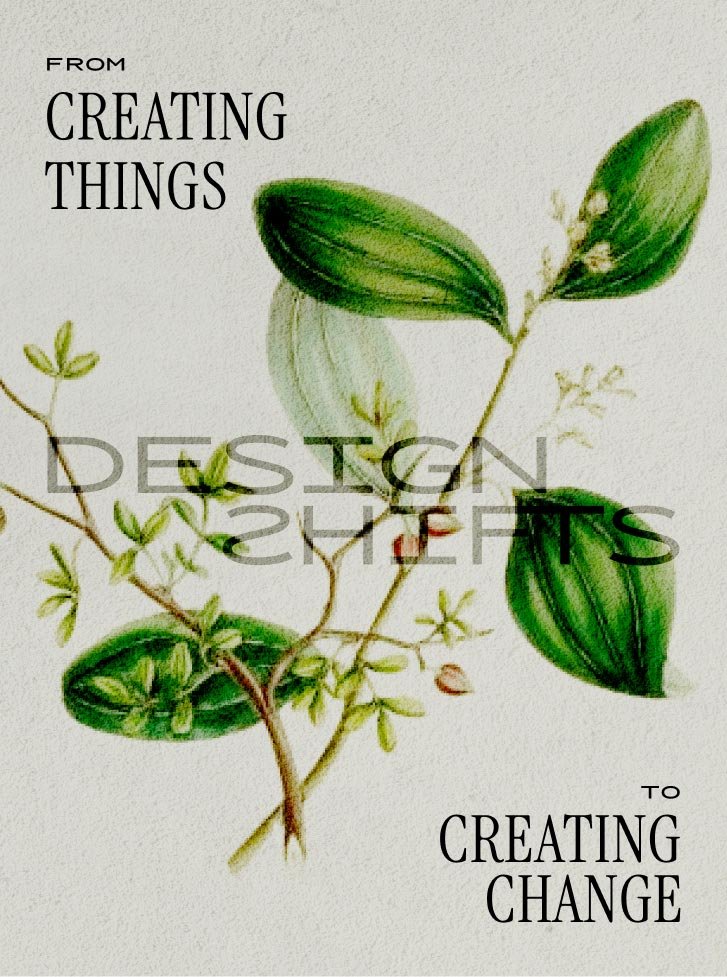
DesignShift: From Creating Things to Creating Change
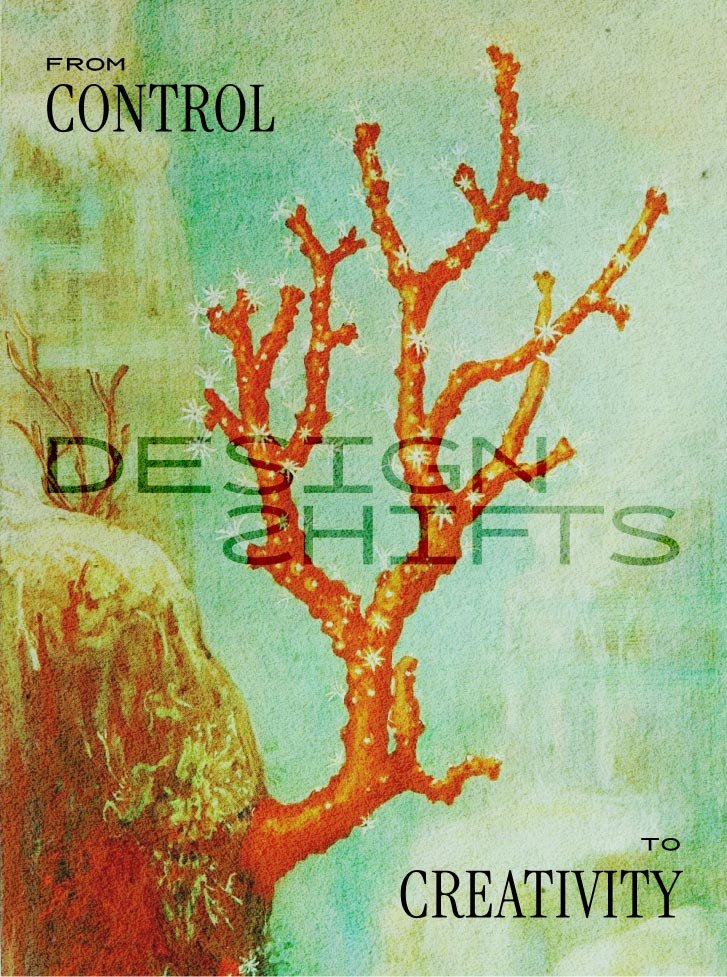
DesignShift: From Control to Creativity

DesignShift: From Play to Win to Play to Play
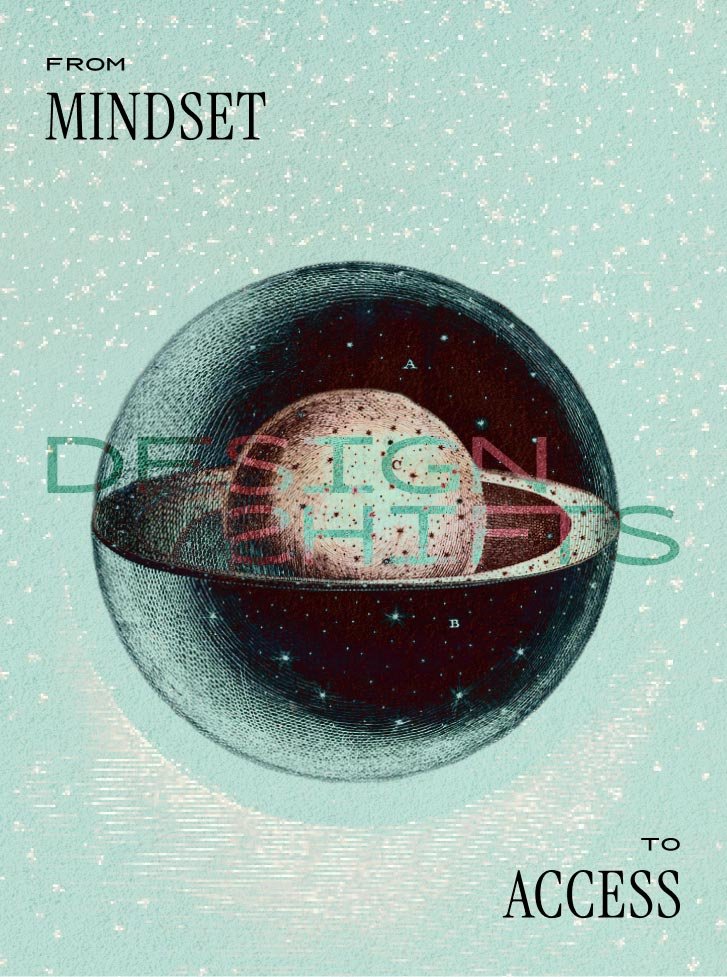
DesignShift: From Mindset to Access
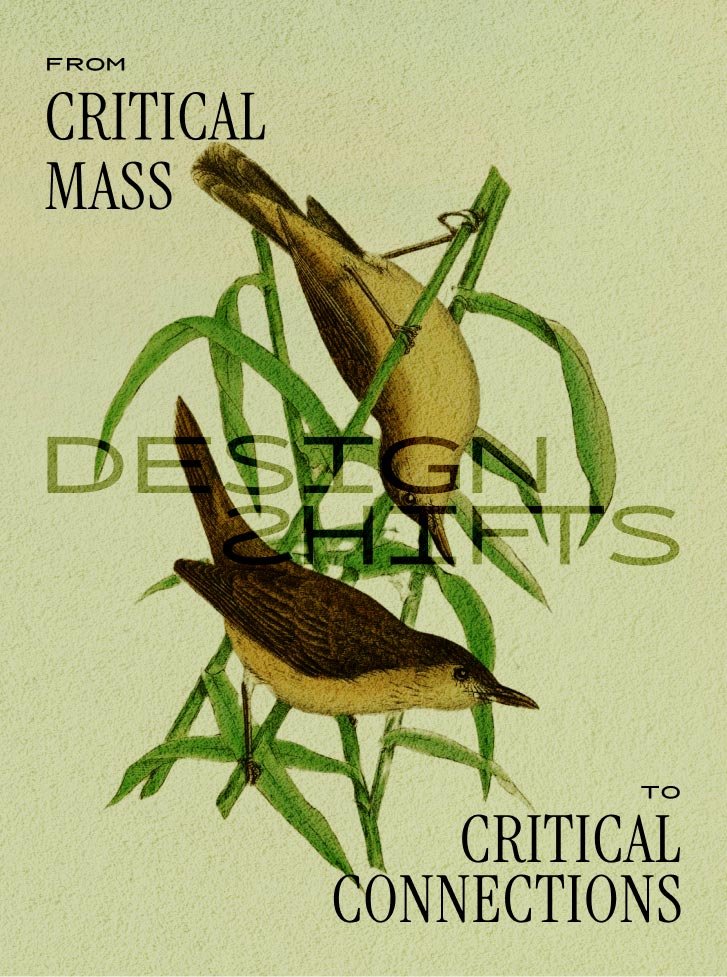
DesignShift: From Critical Mass to Critical Connections
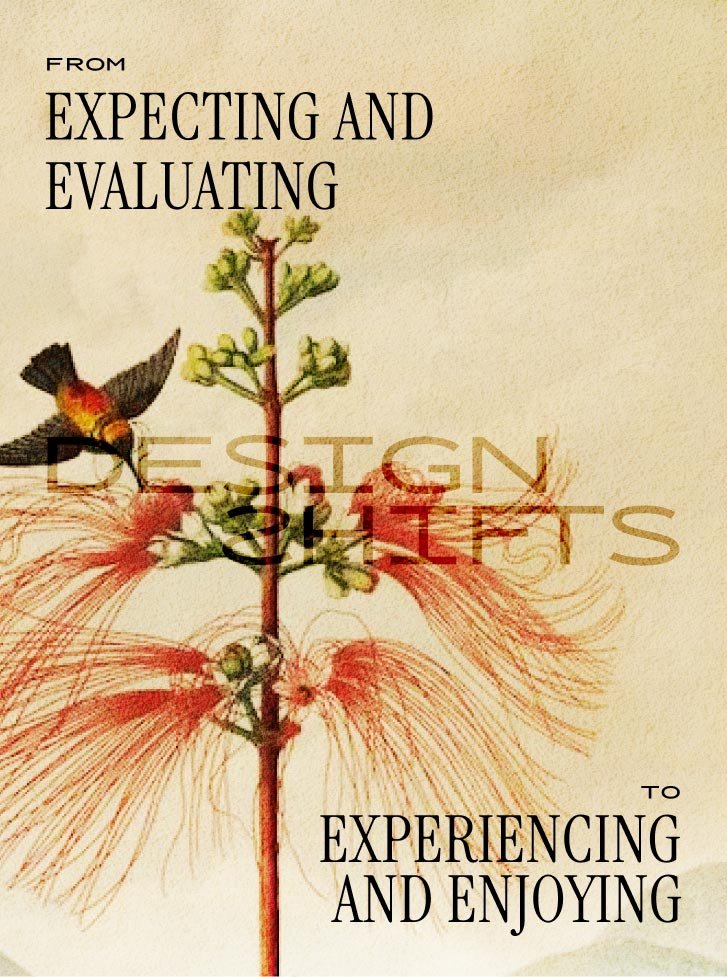
DesignShift: From Expecting And Evaluating to Experiencing And Enjoying
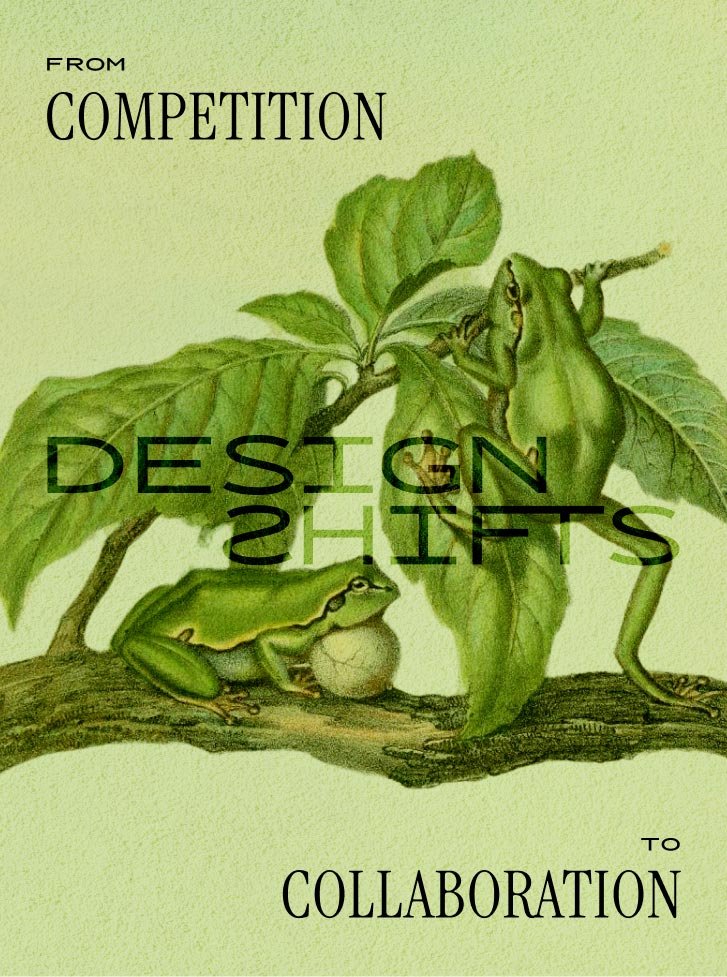
DesignShift: From Competition to Collaboration
Working on solutions in the social impact or climate space can feel lonely and frustrating. We’re working within a system rooted in extraction and competition. A system whose very survival depends on things staying the same. However, designing a better tomorrow require us to Shift from competition to collaboration.
Shifting the future for and through design require us to share space, resources, struggles, hopes, and future visions together.
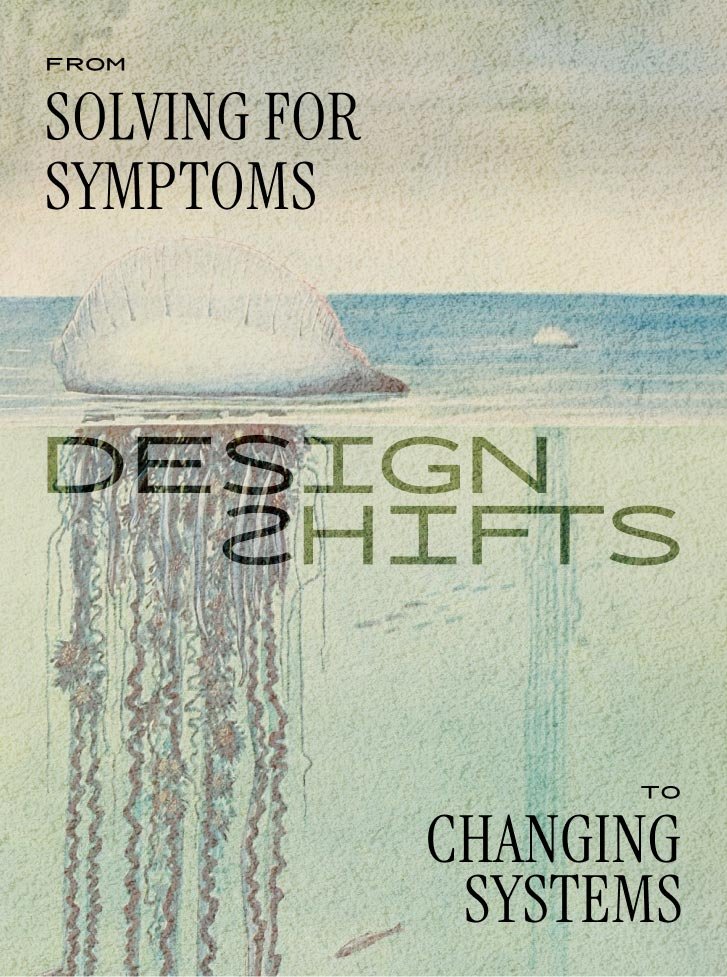
DesignShift: From Solving For Symptoms to Changing Systems
“To expect ourselves to change without changing the environment in a dopamine overloaded world is to expect ourselves not to be human.”
Recently I listened to the podcast "The Path to Enough" where the Psychiatrist Anna Lembke discussed the addictive nature of our devices and how our behaviors are influenced by the environment we find ourselves in. As a designer passionate about designing for real human needs, this quote hit home for me.
Through our products and services, we tell people that with the right device or app, they can achieve more or become healthier and happier. However, behind our design solutions are systems that make change next to impossible. We’ve created environments where our jobs and our lives keep us inside for most of the day. We spend 8+ hours at the computer and the pace of work limits our ability to go for a walk or take a break. Yet... we design products and craft messages that tell consumers that all they need to get back in shape is a well-designed fitness tracker on their wrist.
DesignShift: What if… rather than solving for individual symptoms, we started changing the system that is actually holding us back? What if we designed environments are actually conducive to being human?
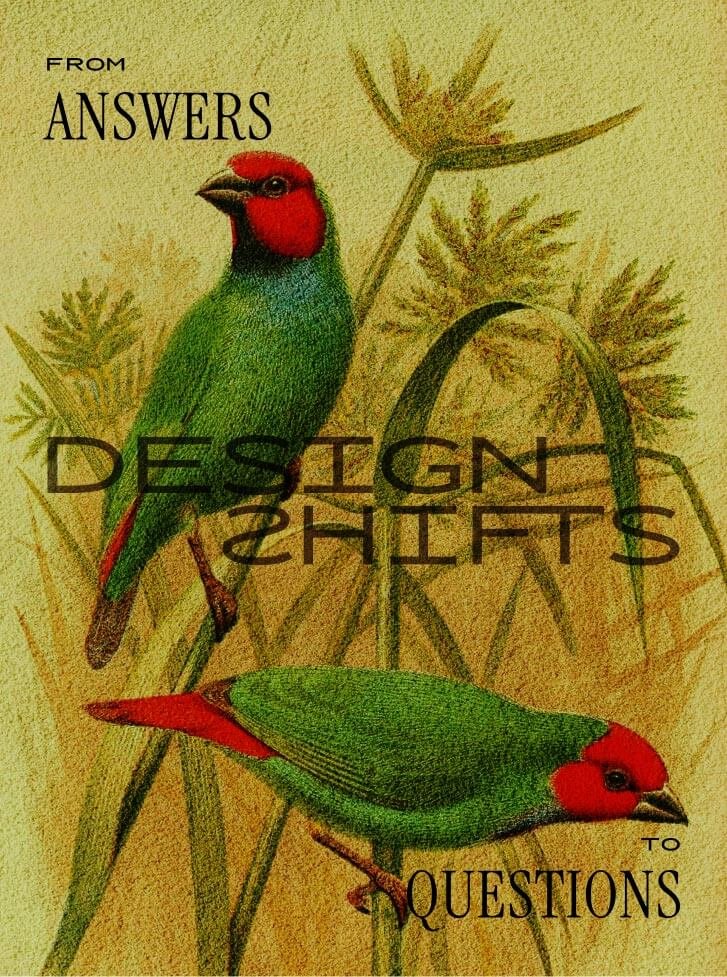
DesignShift: From Answers to Questions
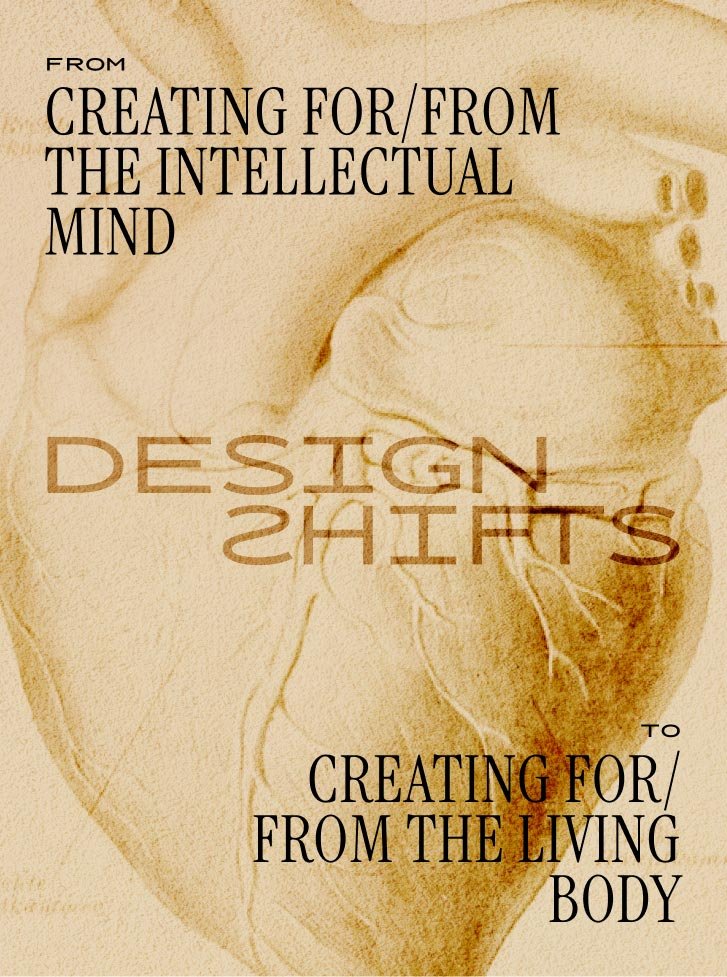
DesignShift: From Creating For/From The Intellectual Mind to Creating For/From The Living body
Good design should be about creating multi-sensory experiences. However, today, as designers are asked to prove their worth through spreadsheets and numbers, our work is often reduced to what can be shown or explained using rational thinking.
It seems like we’ve forgotten what it means to engage with the parts of our bodies that can’t be seen on a Zoom call. It seems like we’ve forgotten that feelings that live in our bodies are central to how we engage with the world and other people.
DesignShift: From creating for/from the intellectual mind to creating for/from the living body.
What does it mean to create FOR the living body?
What does it mean to create FROM the living body?
Thinking, Being, Doing, Sensing, Feeling, Holding… How can we design beyond the intellectual mind?
All those things that make us human and connected go beyond the intellect. They touch us on a deeper, more expansive level. They make us come alive in ways that cannot be explained or proven. They can only be felt in our bodies.
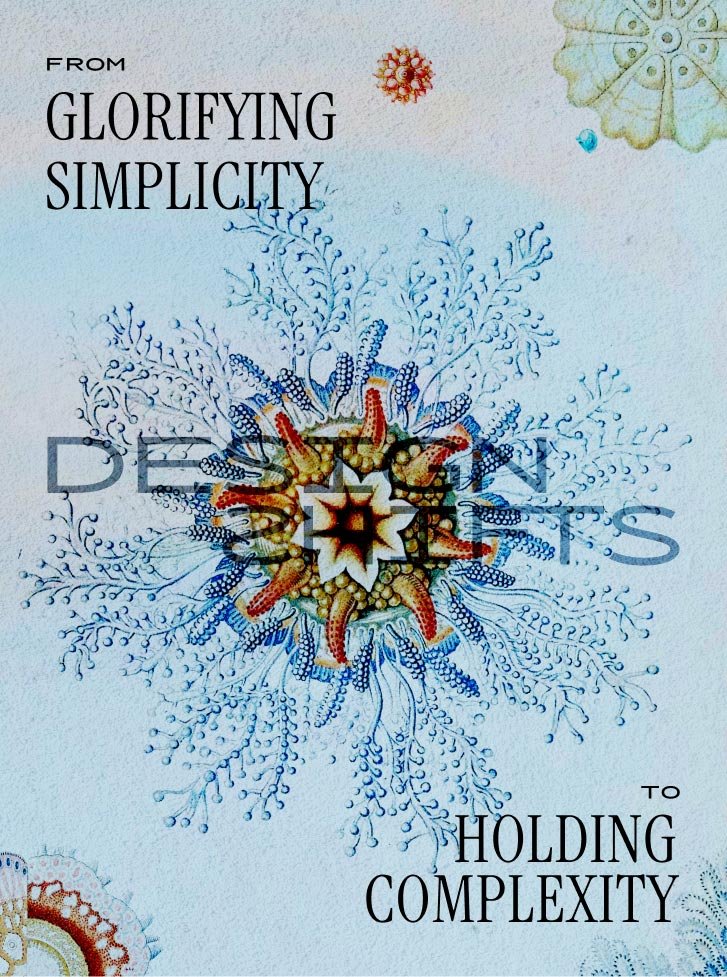
DesignShift: From Glorifying Simplicity to Holding Complexity
If we want to move from designing things to designing change, rather than simplifying the complex, we must find ways to hold and be with the complexity that exists around us and inside of us. Rather than rushing to fix, solve, or clean up, we must embrace contradictions and tensions as essential parts of the design process.
hashtag#DesignShift 16: From Glorifying Simplicity to Holding Complexity.
One of my favorite tools for holding complexity is called Vent Diagrams. A “vent diagram” is a diagram of the overlap of two statements that appear to be true and appear to be contradictory. The goal is to purposefully not label the overlapping middle.
Making vent diagrams as a practice helps us recognize and reckon with contradictions and keep imagining and acting from the intersections and overlaps. Venting is an emotional release, an outlet for our anger, frustration, despair -- and as a vent enables stale, suffocating air to flow out, it allows new fresh air to cycle in and through.
We’re trying to make “vents” in both senses of the word: tiny windows for building unity and power, emotional releases of stale binary thinking in order to open up a trickle of fresh ideas and air.
@Vent_Diagrams: contradicting truths towards collective liberation, is assembled by artist Rachel Schragis & teacher E.m. Eisen-Markowitz, two queer white jews on turtle island

DesignShift: From Commerce to Care
What would it look like to Shift the practice and purpose of design away from commerce and commodities towards care and community?
This question is at the heart of many of the DesignShifts I’m exploring. Much of design today is in service of commerce. We create or improve things in order to sell more of them. In the world of commerce, everything — even our water, land, emotions — are turned into commodities that can be bought and sold with the help of design.
While this is the reality in a capitalist society, I can’t help but wonder what it would look like to Shift of focus away from commerce and commodification towards care and community.
DesignShift: What if... our work was in service of communities flourishing rather than company growth? What if... we could put genuine, non-transactional care at the center of our practices, purpose, and processes? What if... we could move design away from private interests towards public good?
We need new ways for design to be of service to the greater good. We need to dream beyond the question “but who is gonna pay for it” and imagine a world where everything that makes life worth living can’t be bought and sold. And as Arturo Escobar said in Designs for the Pluriverse, We need designers to “walk hand in hand with those who are protecting and redefining well-being, life projects, territories, local economies, and communities worldwide.”

DesignShift: From Reactive to Rooted
As designers, how do we stay rooted in an industry that is always changing? It’s estimated that 90% of the world's data was generated in the last two years alone. With a constant stream of “new” information, trends quickly become truths as we try to design what’s new and what’s n
When algorithms and that internal voice tell us to read, respond, and engage with everything, how do we let go of reactivity and become rooted in the things that matter?
DesignShift: From Reactive to Rooted.
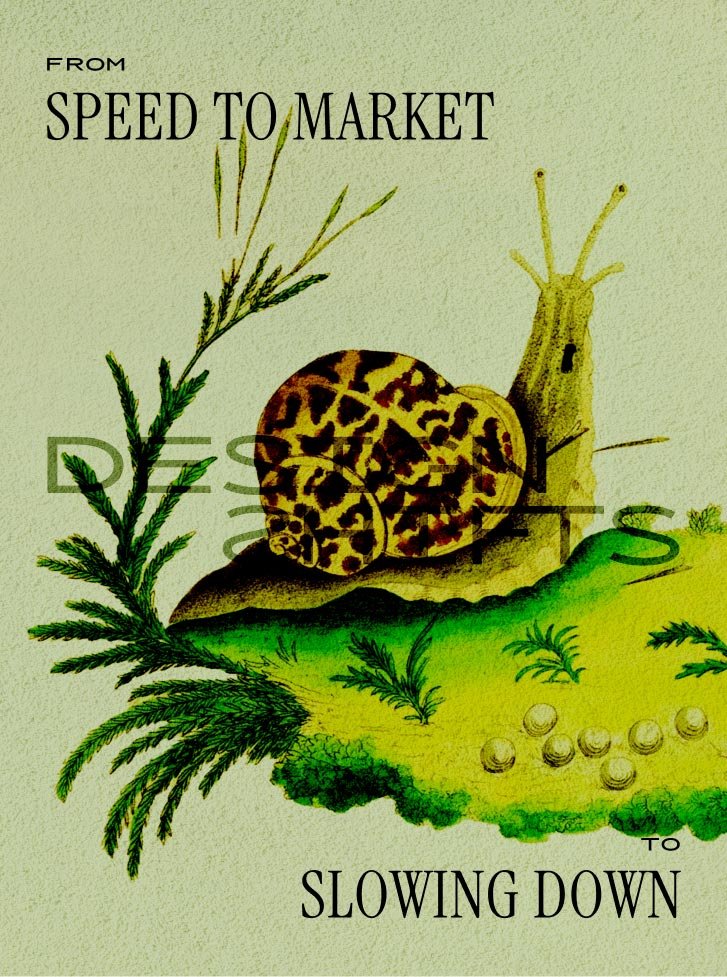
DesignShift: From Speed to Market to Slowing Down
What can we gain from 🐌slow? That is a question I’ve been asking myself as I’ve taken some time to slow down. For so many years, I was moving at the speed of the industry. Always pushing myself to do a little more, try a little harder, and create a little more. This chase for more made me feel less. Less happy with the work I was doing. Less motivated to create change. Less able to dream about a better future. Guided by the speed of the market, the love I felt for design faded. Creativity lost its magic. And everything started to feel like a task to be completed, rather than an experience to be enjoyed.
Through slowness, I’ve been able to rebuild, recenter, and respark my love for design and social impact. In moments of slowness, I’ve started to see things clearer and feel things more deeply. I’ve experienced what slow feels like when designing my own life. Now, I want to explore what slow can mean for the practice of design.
DesignShift: From speed to market to slowing down.
🐌What would it look like to shift the focus from designing for the speed of the market to designing for the speed of trust, nature, and our hearts and minds?
🐌What does slow design look like? What would it mean for our processes, our outputs, our teams?
🐌What would it look like to design not for the next quarter of a year, but for the next quarter of a century?
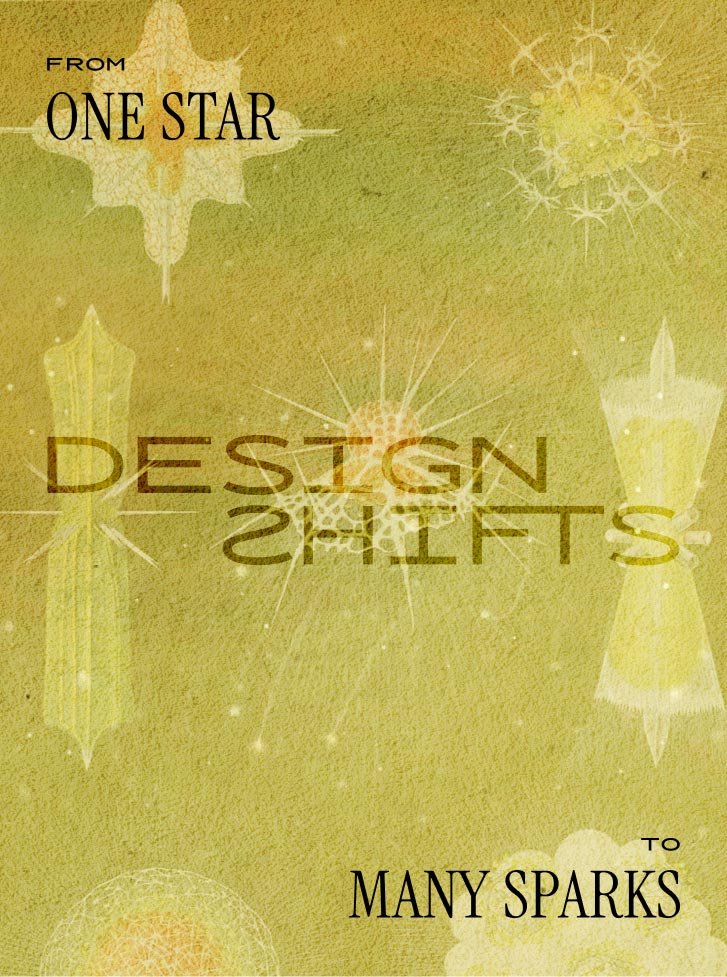
DesignShift: From One Star to Many Sparks
What if… instead of centering our organizations around single stars that cast a shadow on everyone else, we created environments where many sparks together could light up the whole room?
In the book, Emergent Strategy, adrienne maree brown (amb) writes about how many of the organizations working for social change rely on one single charismatic leader. It's the rock star who is put on a pedestal and expected to solve all our problems.
The idea of a single rock star doesn’t just show up in social change organizations. Presidents, sports stars, celebrities, CEOs… all positioned as the ones who will create a better country, company, or community for all of us. It’s the water we swim in and the ripples are pervasive.
The single rock star narrative doesn’t just create a power imbalance. It also creates an environment where according to amb “Rock stars get isolated, lose touch with our vulnerability, are expected to pull off superhero work, and generally burn out within a decade.” It creates a weak system that stands or falls (which it sooner or later does) on the shoulders of one person.
DesignShift 12: from one star to many sparks.
The best missions won’t be illuminated without a depth of knowledge and a breath of people. Through distribution we can create a sustained light that illuminates every corner, not just the corner offices.
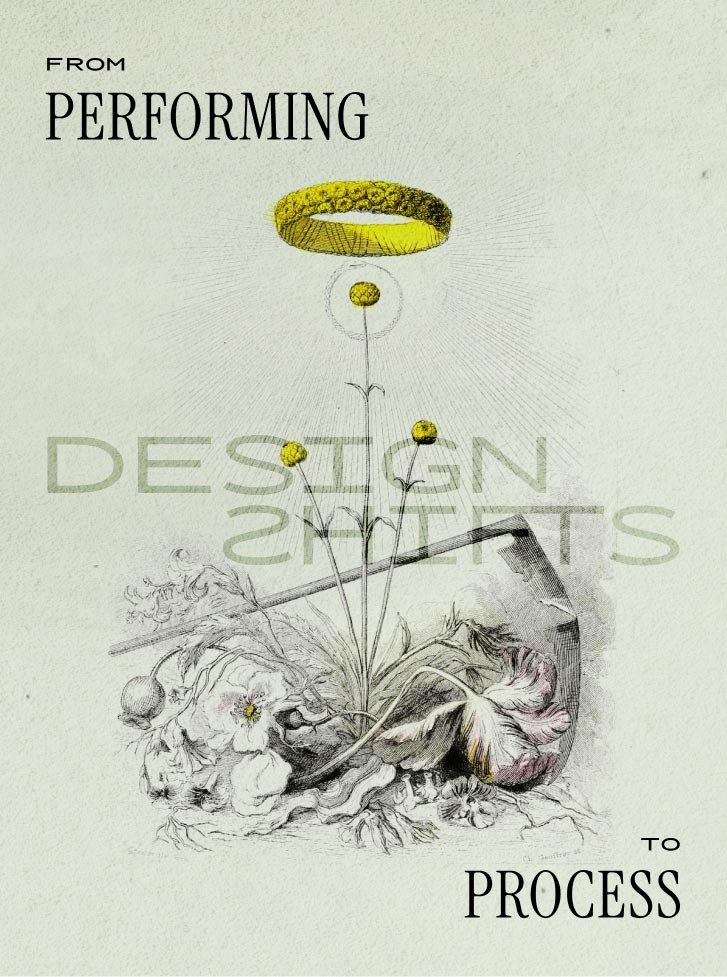
DesignShift: From Performing to Process
If creativity becomes about clicking a button to turn our work into reality, haven’t we lost what creating is all about? The PROCESS of bringing something to life… The trial and errors… The unstructured play… The mistakes that turn into unexpected solutions…
DesignShift: From performing to process.
A while ago, I heard someone say that they like how AI can help them bring their ideas to life instantly. I remember thinking that this person is either overworked or does not like the creative process.
If we want to skip the making part of “making” something, do we really want to make or do we just want to "make it"?

DesignShift: From How Might We to At What Cost
Good design is a dance between curiosity and criticality. As designers, we love asking, “how might we” but we also have to ask “at what cost.” Design can heal but it can also harm. As designers, we must balance possibilities and responsibilities. We must be curious AND critical.
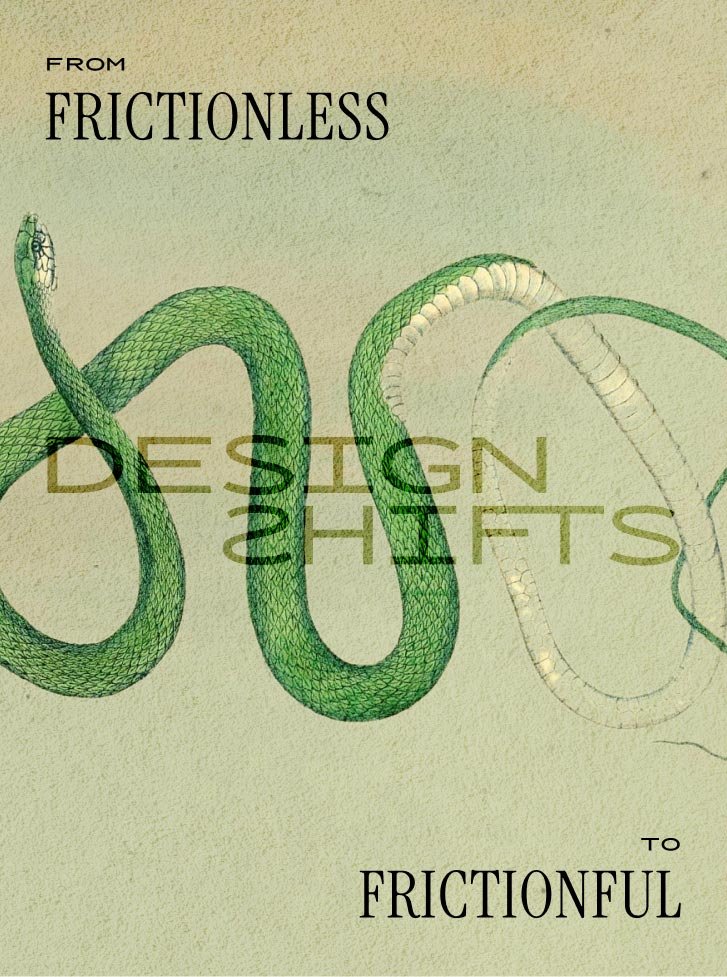
DesignShift: From Frictionless to Frictionful
Good design is frictionless, right?
Designers quickly learn that friction = bad. We spend most of our time trying to remove friction in order improve experiences. However, is this desire for — or should I say obsession with — frictionlessness always a good thing? Can friction actually enrich experiences?
DesignShift: From Frictionless to Frictionful.
Last weekend while hiking up a mountain, Molly Oberholtzer and I started talking about friction and design. She said this:
“We spend so much time making things frictionless, but by making it frictionless we make it forgettable. Friction is often the most memorable part.”
“When you learn that you can handle some friction, you realize you can handle even more. By always trying to reduce even small amounts of friction, we take away our own power to handle hard things.”
Her reflections made me think... As designers, how can friction help us create more memorable experiences? How can it help us do hard things?

DesignShift: From Extraordinary to Ordinary
A lot of design is done in the name of innovation and recognition. We try to design what’s new and what’s next in order to become a leader or gain recognition. But as we chase the extraordinary, are we losing sight of what really matters?
DesignShift: From chasing the extraordinary to valuing the ordinary.
Our strive for more often makes us feel less. Less happy with the work we are doing. Less satisfied in our relationships. Less content with the things we create. The same way we fail to notice the beauty of ordinary people, we forget to notice the beauty of an ordinary life.
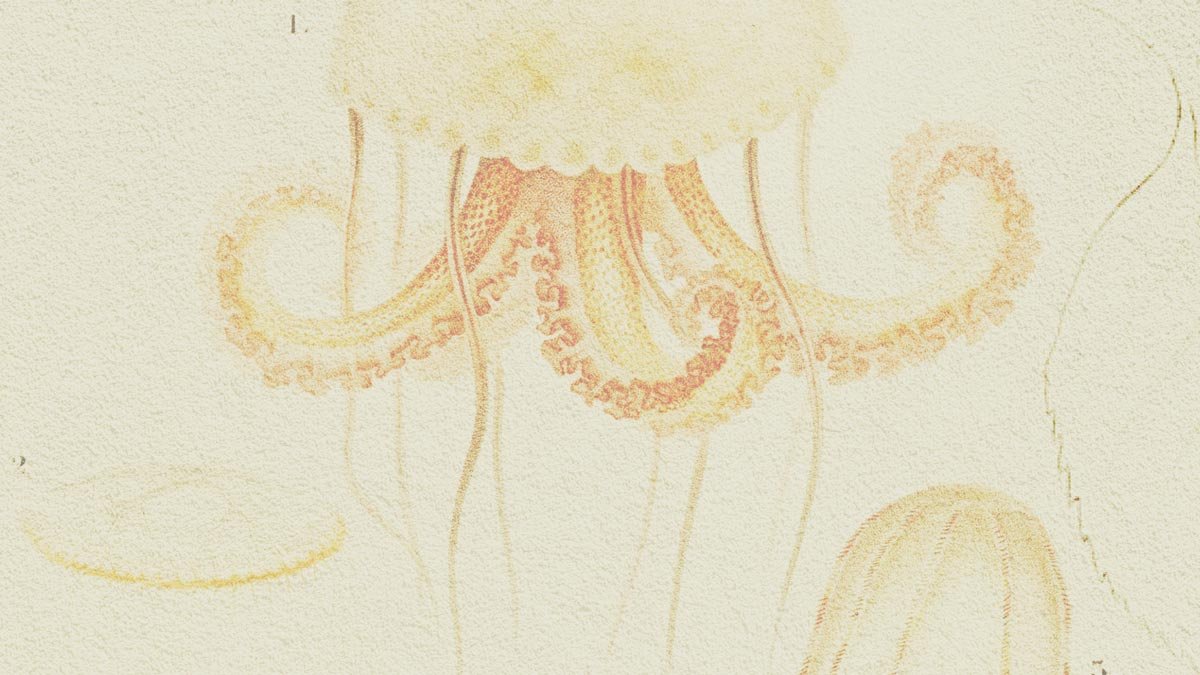
Let’s shift together
No one knows it all. Together we know a lot. See a Shift that aligns with your current work or passion? What to co-write a shift or host a collaboration session? I would love to connect.
